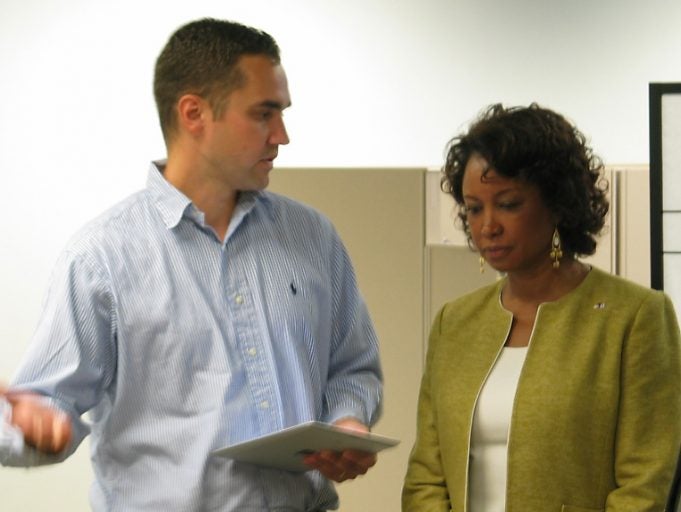Smarter smart phones and other PDAs, with their ready access to on-the-spot information, have inspired a new discipline and added yet another lower-case letter to the digital reference list: the m.
This m, shorthand for mobile, when associated with learning opens the doors for learning theorists to a whole new world of publishing possibilities.
An extension of e-learning, that form of learning acquired by computer (compare to c-learning — classroom-learning, or b-learning — book-learning), mLearning is available on a device you have with you, wherever you happen to be.
But, advocates argue, mLearning, at its best, is not merely c-learning via computer or a mini version of e-learning for PDA.
“mLearning is more about performance support — about referencing information specific to where you are and what you are doing,” says David Metcalf, Ph.D., senior researcher at the University of Central Florida’s Institute for Simulation & Training and director of its Mixed Emerging Technology Integration Lab (METIL).
A 15-year veteran of Web-based and mobile learning — practically a computer-age lifetime — Dr. Metcalf recently contributed to a new compilation of essays by respected learning professionals: Michael Allen’s 2012 e-Learning Annual (Pfeiffer).
mLearning, according to Dr. Metcalf, is much larger than so-called formal (school) learning delivered to your PDA. A well-designed mLearning module provides interactive, just-in-time task- or location-related information at your fingertips.
This kind of performance-oriented information, delivered by smart phone or PDA, differentiates mLearning from other computer-based learning applications.
When, in 2006, Dr. Metcalf founded METIL, he brought together teams of instructional designers, software developers, graphic artists, project managers, editors and media experts to collaborate with “instructor experts”—experts who also have teaching experience in the subject matter— to build mLearning applications.
It is the close collaboration between those who know the subject matter and those who know how to design and deliver applications to a mobile device that leads to effective mLearning.
Dr. Metcalf notes that the most effective mLearning modules, unlike device-specific “apps,” are designed to be available across the widest range of platforms. “You don’t know what devices people have—and what they have rapidly changes,” he says.
METIL teams approach their various projects mindful that not all of their clients’ audience have the latest smart phone or PDA. So they design programs that will survive the inevitable degradation when used on less capable devices and still deliver the required information.
